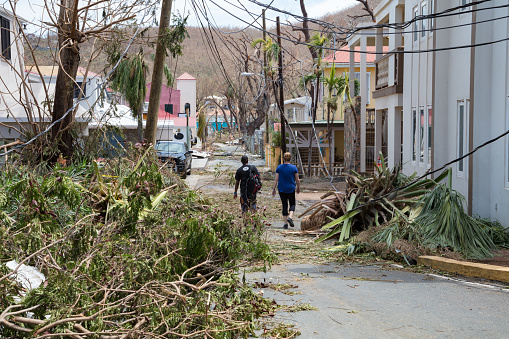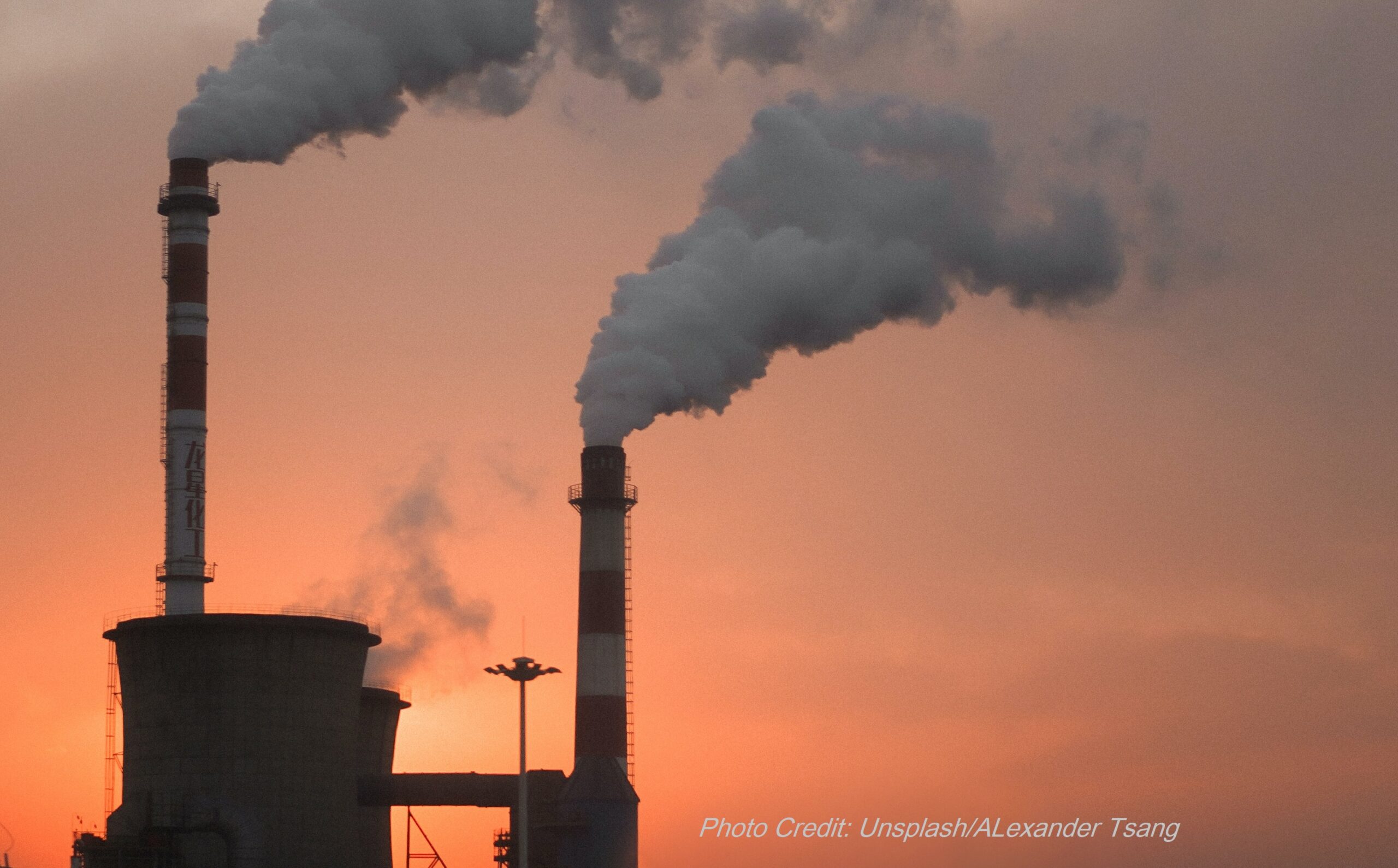
Aftermath of Hurricane Irma
Mothers & Others For Clean Air deeply believes that access to clean air is an inherent human right. We acknowledge that communities of color often suffer from an unequal burden of toxic pollution. We offer the following resource to advance education and dialogue about Environmental Racism within the state of Florida. This is not a comprehensive list of issues, leaders, or organizations within Florida. Rather, this post highlights a few issues and resources, and thus encourages continued awareness and involvement with issues of environmental racism in Florida. We welcome anyone to share additional resources or thoughts with us.
What does Environmental Racism Look Like in Florida?
Sugar Block Burning Lake Okeechobee region: In the United States, 25% of the sugar cane is grown in the Lake Okeechobee region of Florida. From October to May, sugar cane farmers burn their crops to remove excess organic matter. The smoke from the burning releases toxic pollution including black carbon, particulate matter, and benzopyrene (a known carcinogen)[i]. This pollution covers the surrounding communities whose residents mostly identify as Black, Indigneous, people of color communities (BIPOC). The town of Pahokee in the Lake Okeechobee region has alarmingly high childhood asthma rates. Correspondingly, 59% of Pahokee’s residents identify as Black and 30% identify as LatinX[ii]. Similar demographic makeups are echoed throughout the Sugar Block Burning region.
Hurricane Irma: In early September of 2017, Hurricane Irma landed in Florida as a category four storm. Florida communities with access to resources such as phones, cars, and radios received advance warning of the storm and were largely able to prepare and evacuate. However, BIPOC and low income communities systematically had less access to resources to learn about hurricanes and evacuate. For this reason, the toll of Black lives harmed during the hurricane was particularly high. During recovery efforts, these same communities were systematically deprived of resources to rebuild homes and businesses. There are many organizations in Florida who partnered to help boost recovery efforts to hard-hit communities and they still are doing advocacy work in the Florida area.
Central Florida Jobs for Justice
Black Alliance for Just Immigration
Coalition to Support Racial Justice Organizing
Hurricane Irma Clean Up: After the widespread devastation of Hurricane Irma, the Florida government released directives on how to rid residents of the debris and trash that had collected. This waste was then dumped in two majority Black cities: Liberty City and Virginia Key. The residents of these cities were exposed to toxic pollution and pest infestation[iii].
CO2 Emissions: Florida has the third highest CO2 emissions in the country (EIA). Florida cities such as Tampa, MiamiDade, and Saint Petersburg have consistently received poor air quality ratings by the American Lung Association and have received failing scores for EPA air quality standards[iv]. The burden of the air pollution problem is placed on the communities of color in these cities. As of 2013, people of color in these areas report higher rates of air pollution associated diseases such as emphysema, bronchitis, and asthma. Black teens in the area report the highest rates of asthma and asthma related emergency room visits[v].
Old Smokey: The neighborhood of Coconut Grove was originally settled by Bohemian immigrants in the mid-late 1800s. Coconut Grove eventually became a part of Miami. During the period of Jim Crow, Coconut Grove was heavily segregated. All Black residents were pushed into the West End of Coconut Grove. Living conditions in the West Grove were dire, very few houses were given running water and families were crammed into poor living quarters. In 1926, the City of Miami built a trash incinerator in West Grove to respond to Miami’s growing trash problem. Hundreds of trucks drove through West Grove each day depositing 100 tons of Miami’s trash into the incinerator. Ashes, embers, and toxic fumes emitted from the incinerator gave it the name “Old Smokey.” Despite the Miami Planning and Zoning Board finding Old Smokey to be a public nuisance, the City of Miami expanded Old Smokey to three times its size in 1960. This expansion ignored promises to use new smokeless technology. Instead, the emissions in the area increased to an estimated one ton of smoke a day. Many schools were built within yards of Old Smokey, and children would have to monitor sports practices based on the emissions from the incinerator. The smoke from the expansion eventually began to spill over into the neighboring primarily white neighborhood of Coral Gables. Twenty-two residents of Coral Gables sued the City of Miami over Old Smokey. In 1970, a judge ordered it to be shut down. The extent to which Old Smokey permanently polluted the air, water, and soil of the area is still unknown, but testing and cleanup in West Grove are ongoing[vi].
BIPOC Scientists, Academics, Lawyers, and Researchers Working on Environmental or Health Racism
There are many scientists, academics and researchers working to change the course of environmental and health racism in the state of Florida. The professionals highlighted below are all people of color. We offer their names as a gateway for individual or organizational research. We recognize that there are many incredible researchers whose names are not on this list. We welcome anyone to share additional names with us.
Daniela Tagtachian J.D.: FormerLecturer in Law and Mysun Foundation Fellow, Environmental Justice Clinic, University of Miami School of Law; Environmental and Public Health Consequences of Municipalities (Ms. Tagtachian has just begun as a PhD candidate in sociology at the City University of New York).
Dr. Maya Trotz: Department of Civil and Environmental Engineering University of South Florida; Water Quality and Community Sustainability
To Get Involved with Environmental Racism Advocacy in Florida Follow & Consider Donating to the Following BIPOC Led Organizations:
“The Miami Climate Alliance is a network of organizations and individuals dedicated to creating people-centered solutions to climate change.”
[i] Mugica-Álvarez, V., Hernández-Rosas, F., Magaña-Reyes, M., Herrera-Murillo, J., Santiago-De La Rosa, N., Gutiérrez-Arzaluz, M., de Jesús Figueroa-Lara, J., & González-Cardoso, G. (2018). Sugarcane burning emissions: Characterization and emission factors. Atmospheric Environment, 193, 262–272. https://doi.org/10.1016/j.atmosenv.2018.09.013
[ii] Bureau, U. S. C. (2019). U.S. Census Bureau QuickFacts: Pahokee city, Florida. https://www.census.gov/quickfacts/pahokeecityflorida
[iii] Shumow, M. (2019), ““Why is it Here, of All Places?”: Debris Cleanup, Black Space, and Narratives of Marginalized Geographies in Post-Irma Miami-Dade”, Pinto, J., Gutsche, R.E. and Prado, P. (Ed.) Climate Change, Media & Culture: Critical Issues in Global Environmental Communication, Emerald Publishing Limited, pp. 13-32. https://doi.org/10.1108/978-1-78769-967-020191004
[iv] American Lung Association. (2020). Miami-Dade – State of the Air | American Lung Association. State of the Air. http://www.stateoftheair.org/city-rankings/states/florida/miami-dade.html
[v] Scott Governor John Armstrong, R. H., Forrest, J., Florida Asthma Program Epidemiologist, M., & Dudley Florida Asthma Program Manger, J. (2013). Burden of Asthma in Florida, 2013.
[vi] “Old Smokey: A Community History” by University of Miami School of Law – issuu. (2017). University of Miami School of Law. https://issuu.com/miamilaw/docs/ceps_oral_20history_20film_20projec




